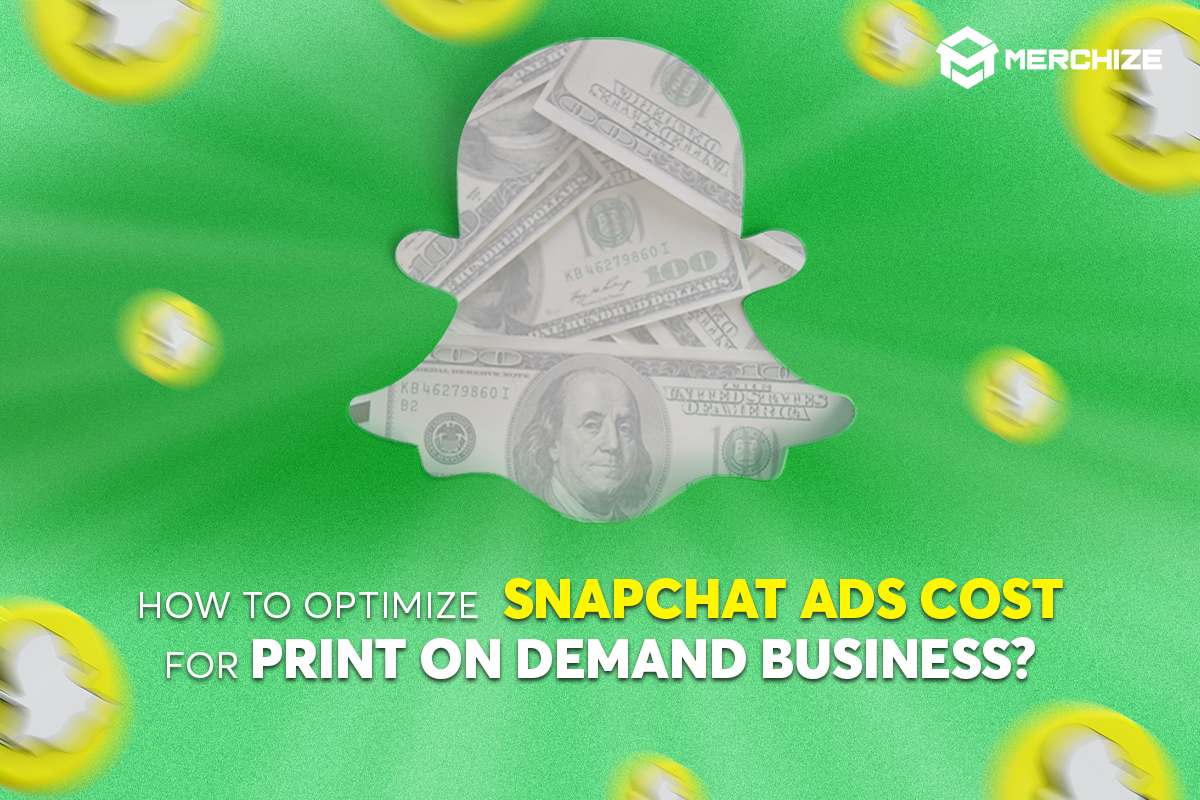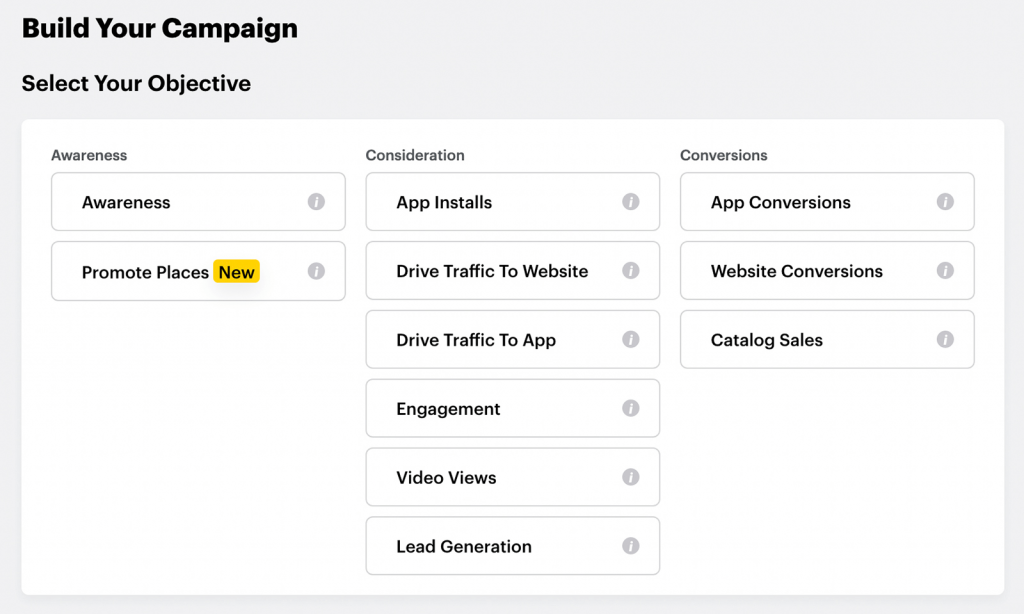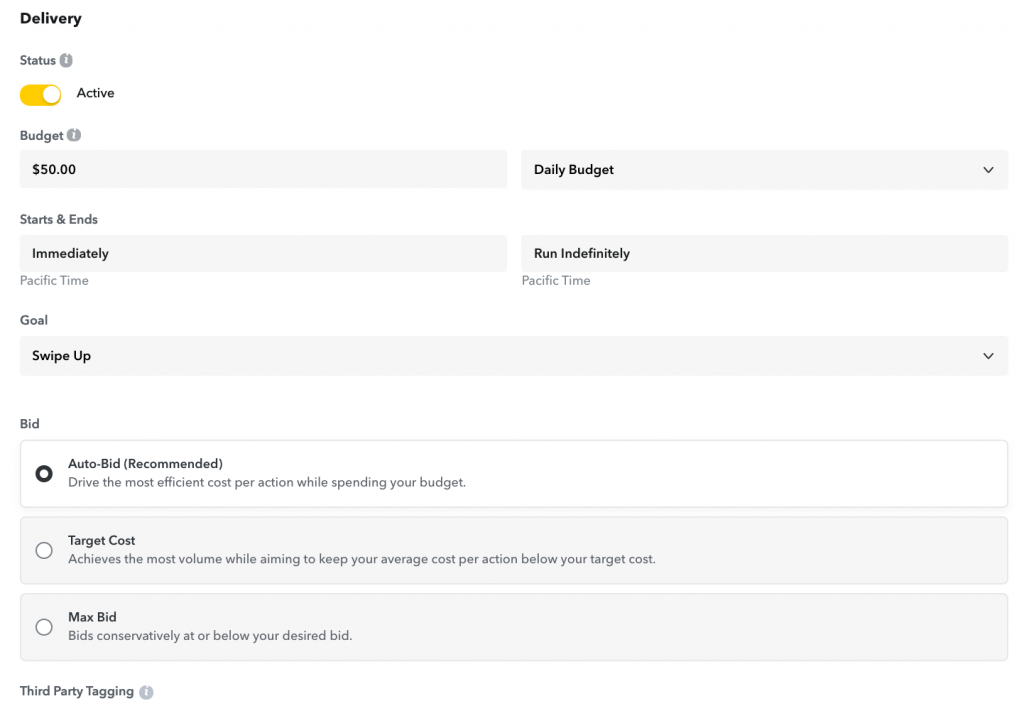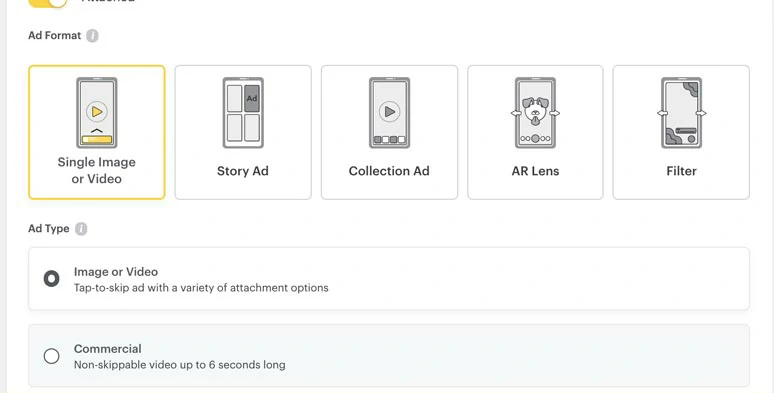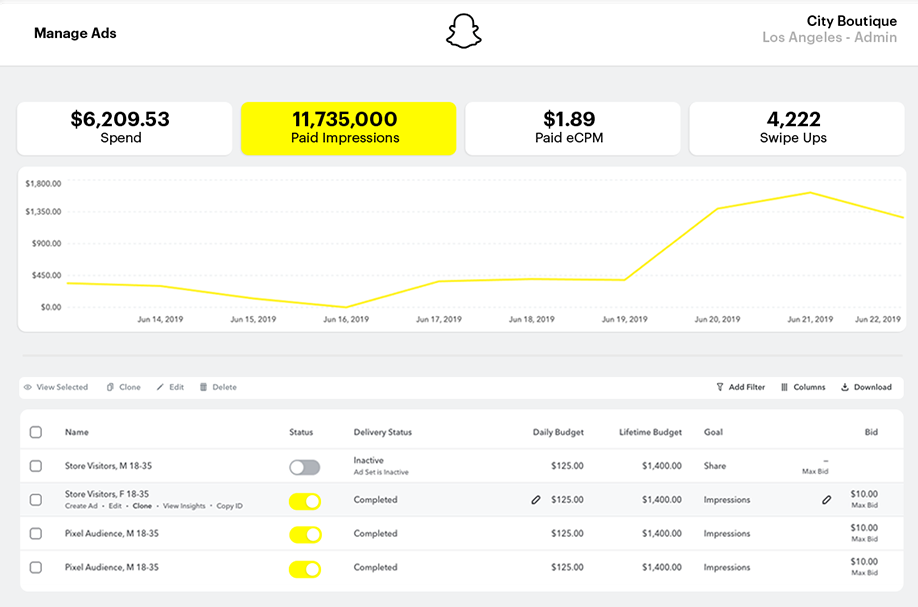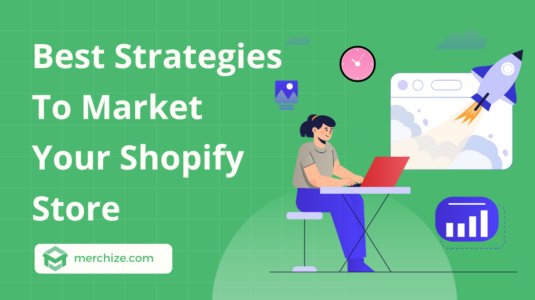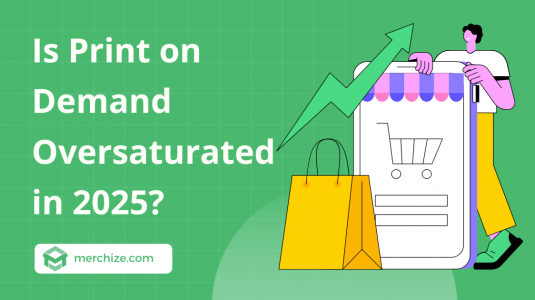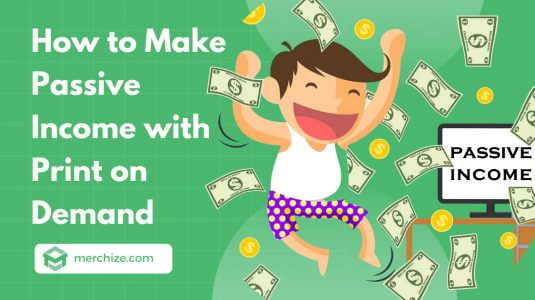Snapchat is currently one of the most popular messaging apps among young Americans. Instead of remaining entirely free during its initial development phase, Snapchat has introduced advertising services to support brands in reaching a larger user base on this platform.
However, to achieve the best results and optimize advertising costs, content creators and businesses need to consider the following factors:
1. Campaign Objectives
The first factor that impacts advertising costs on Snapchat is your campaign objectives. Campaign managers on Snapchat play a crucial role in focusing on outcomes and understanding the cost per conversion for each goal.
Currently, Snapchat offers advertisers different campaign objectives, including optimization for awareness, instant interaction (swipe-up), app installs, 2-second and 15-second video views, shares, purchases, sign-ups, website visits, and more.
Encouraging users to make purchases on your website will incur much higher costs compared to having them watch a 2-second advertising video. Therefore, the amount you pay for advertising on Snapchat will vary depending on your goals.
While you still pay based on the number of ad impressions, setting bid prices based on objectives allows you to optimize the placement of your ads to achieve a certain price for each goal.
For example, if you’re selling print on demand clothing items and your goal is to increase sales on your website or e-commerce platforms, Snapchat will optimize your ad placement to target users with an intention to buy clothing or an interest in the fashion industry, rather than other demographics.
2. Bidding Strategy
Advertising on Snapchat offers three main cost management strategies:
Auto-Bidding: Allows the platform to decide the bid price and the amount you pay for each displayed ad. You set your daily budget, and Snapchat uses its algorithm to maximize user actions (objectives) on your ad.
Max Bid: Lets Snapchat decide how to use your daily budget. This strategy places a limit on the amount you’re willing to bid for each ad impression. Snapchat still optimizes to achieve the highest bid price possible per action but with a cap on the bid amount per impression.
Target Cost: Lets you set an average cost you want Snapchat to aim for, known as CPA (cost per action). While Snapchat can’t predict when users will click on your ad, this method allows you to establish a general guideline for how much you’re willing to pay per desired action.
Although Snapchat allows you to determine the amount to pay, there are two things to note:
Competition and Profit: Social platforms, including Snapchat, operate in a competitive environment. However, Snapchat still holds a substantial market share for POD items with unique designs that can attract users at first glance. Sellers can leverage Snapchat’s unique advertising formats, such as AR lens experiences, for users to try products directly within the app.
Algorithm and Bid Pricing: Snapchat possesses powerful algorithms to deliver optimal results for advertisers. Therefore, using bid strategies based on available options is advisable to harness the algorithm’s strength and achieve the best results for your ads.
3. Ad Types
Snapchat offers various ad formats for advertisers to optimize their targeting. The platform provides six different ad types, including:
- Single Image or Video Ads
- Collection Ads
- Story Ads
- Commercial Ads
- Filter Ads
- AR Lens Experiences
Image, video, and story ads might already be familiar to POD Sellers as they resemble advertising formats on Facebook and Instagram. However, Filter and AR Lens Experiences are newer formats with potential benefits for the POD market. With Filter Ads, Snapchat allows content creators to design brand-specific filters and propose them to relevant target customers. For example, a POD seller of hats could create various filters showcasing different hat designs. Users can then experience the products, share stories, and promote them to a wider audience on Snapchat.
Similarly, the AR Lens Experience could suit POD Sellers of clothing. Sellers can create a virtual dressing room on Snapchat, enabling customers to try on products before making a purchase decision. This is a novel advertising approach on Snapchat that POD Sellers can utilize to reach potential customers.
Based on direct pricing from Snapchat, advertising costs can vary widely depending on the ad type and start date. POD Sellers can refer to the following figures:
Single Image or Video Ads start at $3000/month.
Sponsored Ads vary significantly based on the advertising start date, starting at $450,000/month.
>>> Learn more about each Snapchat Ads Type and the basics of Snapchat Ads in our blog post.
4. Ad Metrics
Metrics are crucial to understanding your social media campaigns and Snapchat advertising costs. The Snapchat ad metrics platform is customizable, allowing you to focus on key data points for your campaign.
While numerous metrics are important for evaluating advertising effectiveness, interaction metrics often provide detailed insights into reducing your Snapchat ad costs. Here are 9 Snapchat ad metrics to pay attention to:
- Amount Spent: Total amount spent on the campaign to date.
- Paid Impressions: Number of times your ad has been viewed. (There is also Total Impression which is the sum of paid impressions and earned impressions).
- eCPM: Average cost per thousand views.
- Video Completions: Number of ad views completed at least 97%.
- Average Screen Time: Average time people spend viewing your ad.
- eCPV: Average cost per view for videos (2 seconds or more).
- Swipe Ups: Number of times people swiped up to view your attached file.
- Swipe Up Rate: Average number of times people swiped up to view your attached file.
- eCPSU: Average cost per swipe-up.
To maximize ad cost-effectiveness, you need to boost user interactions. These metrics will help you evaluate the effectiveness of your efforts. For instance, if you notice a high impression count but a low swipe-up rate, it’s crucial to inspire users to engage.
5. Ad Quality
Ad quality is an essential criterion in paid ads optimization, especially with metrics like Google’s Quality Score, which focuses on the user experience quality of ads and related landing pages.
Although Snapchat doesn’t have specific ad quality metrics, it can still impact your advertising costs on the platform. If Snapchat users don’t engage sufficiently with your ad and it fails to generate significant interaction, Snapchat may perceive it as a low-quality ad, potentially affecting its display on the platform.
On average, businesses allocate around 10% of their total budget to advertising activities. Given that Snapchat is relatively new to the print-on-demand industry, businesses might consider a slightly lower budget compared to more familiar platforms like Facebook or Instagram.
